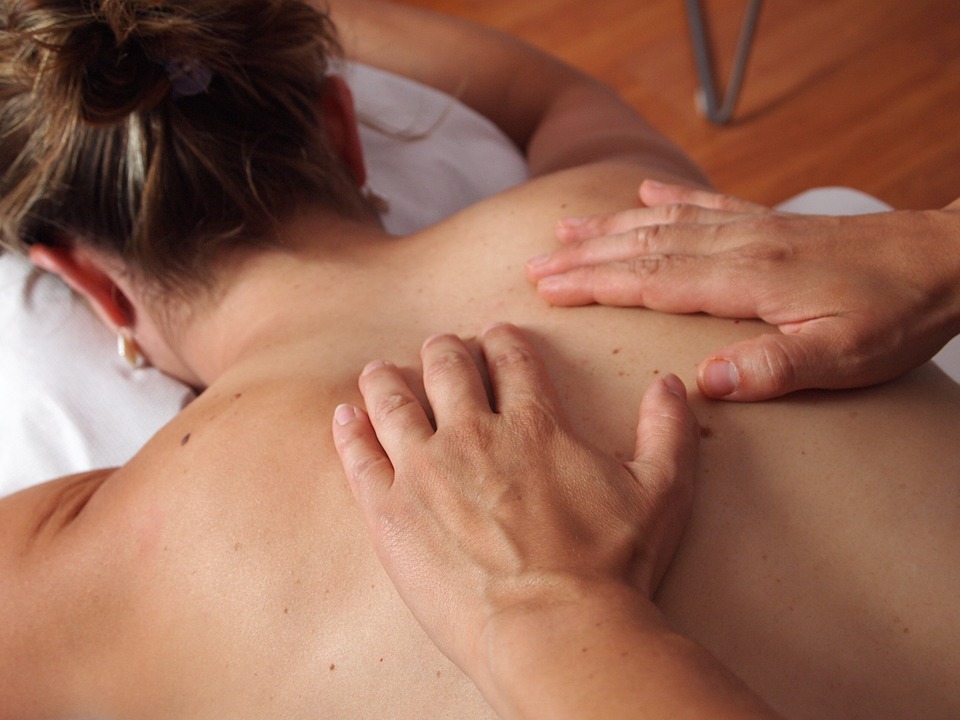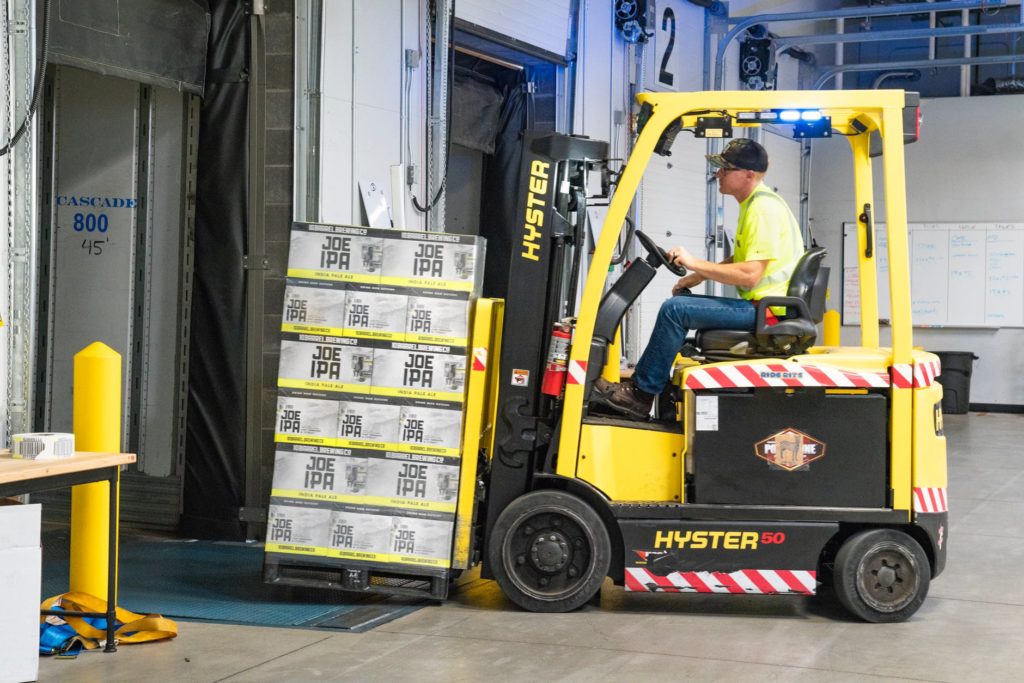 Image via Unsplash
Image via Unsplash
If you spend some time around kids, you might hear them complain of aches and pains specifically focused around their legs. The common term for this is “growing pains,” which can be attributed to kids anywhere from age two through teenagehood. Although “growing pains” isn’t a proper medical term and cannot be officially diagnosed at the pediatrician, up to 35% of all children will complain of this limb pain at some point.
Despite these aches usually occurring during active growth states, medical professionals find that they are more likely to be caused by a variety of things, such as possible restless leg syndrome, muscle injury and fatigue, or even juvenile arthritis. Do you know or have a child stricken with growing pains? Here are a few ways to relieve the discomfort.
Leg Stretches or Yoga
Simple and easy stretches are a great way to warm the body up before any physical activity, or anytime your kid’s muscles feel tight or tired. Leg stretches and yoga poses, such as Child’s Pose, calf stretches, and hamstring stretches, can help ease achy muscles and get rid of some of that pesky growing pain.
Child’s Pose
Kneel down with your toes touching and knees apart. Slowly lean toward the ground until your head is resting on the ground in front of you and your hips sink down. This is Child’s Pose, and it helps relax the body and mind while passively stretching the torso and limbs.
Calf Stretches
In order to properly stretch the calf – one of the main areas of issue when it comes to growing pains – stand approximately two feet away from a wall and put your hands against the wall at shoulder height. Step toward the wall with your left foot while keeping your right food straight. Hold for 10 to 20 seconds and repeat on the other side.
Hamstring Stretches
Another excellent leg stretch for kids is a hamstring stretch. In a seated position, stretch your legs out in front of you. Bend the left leg and place your foot onto your right inner thigh. Reach forward toward the toes of your right foot until you feel a good stretch.
[Related: Yoga Poses to Combat Neck Pain]
Epsom Salt Bath
A warm bath before bed with Epsom salts can really help soothe your child’s aches and pains. Epsom salts release magnesium and can help sooth muscles, joints, and bones while encouraging healthy sleep. Add a couple of cups of Epsom salts to a warm bath during your child’s nighttime routine.
Heating Pad
Using a microwavable heating pad on sore muscles or joints, such as the legs, is a surefire way to provide some relief. Heating pads for children come in all sorts of comforting styles and shapes, including teddy bears and blankets, so the use of one while watching television or reading a book won’t seem so inhibiting to an antsy kid.
Mindful Exercise
A lot of the time, growing pains are due to muscle fatigue in an overactive child. When your kid exercises and plays, be mindful of how they exert themselves and know when it’s time for a break, or when to get to bed for a good night’s sleep.
Consider a Visit to the Chiropractor
Finally, if your child’s aches and pains persist, you may want to schedule them an appointment with a chiropractor. Chiropractic care is a natural way to ease your child’s physical pain while promoting spinal health and good posture habits for their future. Regular visits to the chiropractor may also encourage deeper sleep, calm and prevent sports injuries, and even assist in allergy and chronic headache healing.
If you have any questions about how to soothe your child’s pain during their active growth period, or if you’d like to set up a consultation or appointment, contact Spencer Chiropractic Center today!




